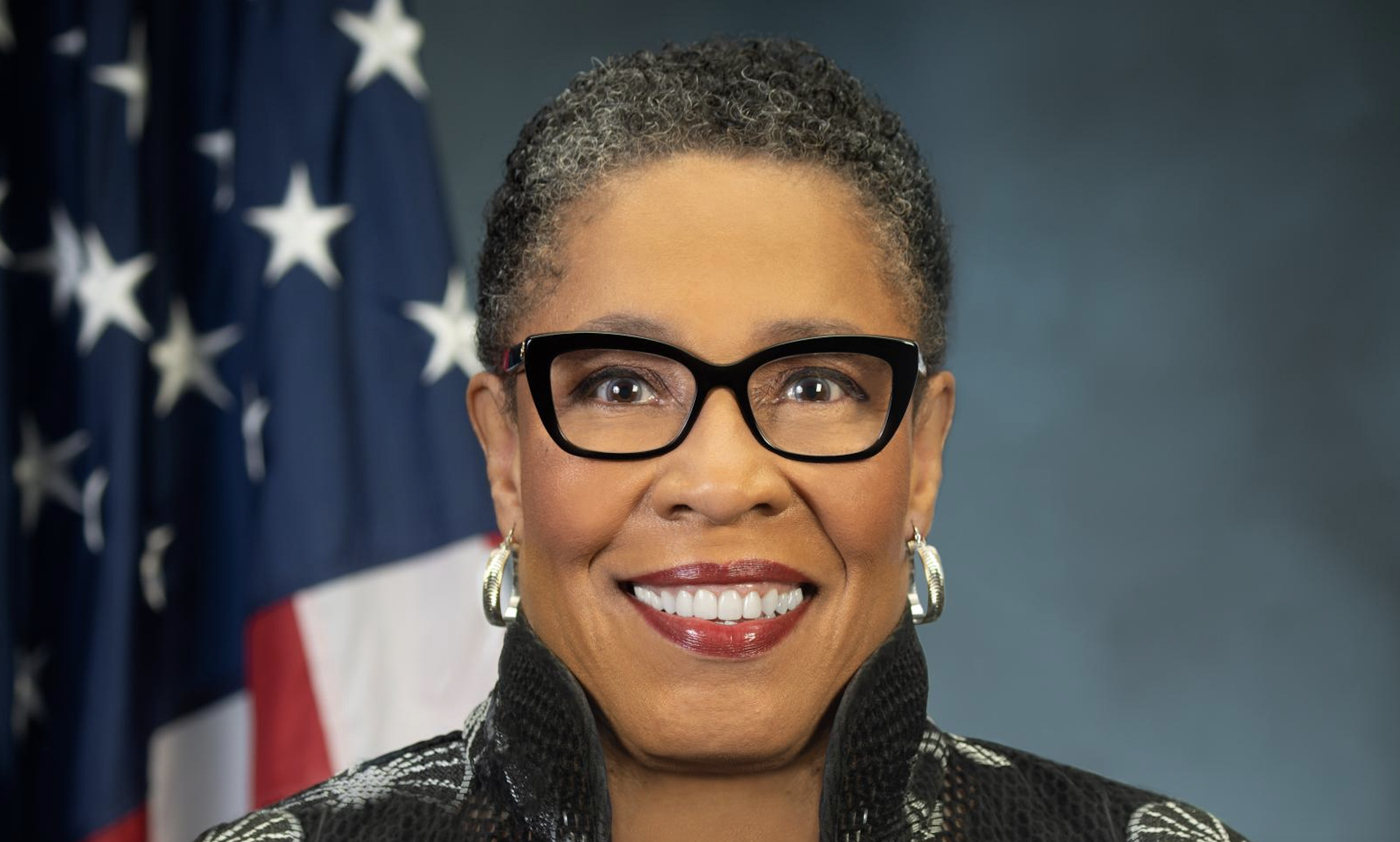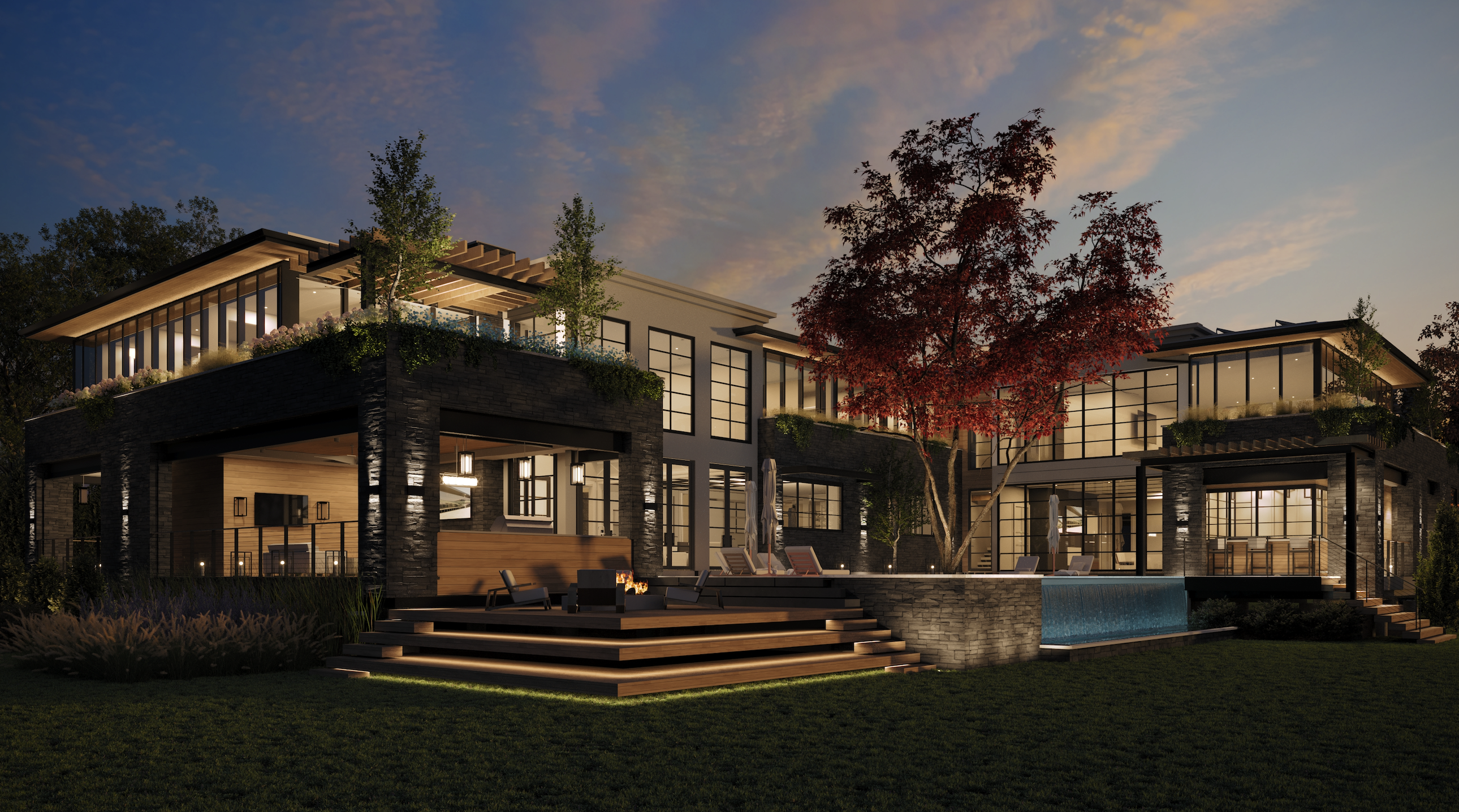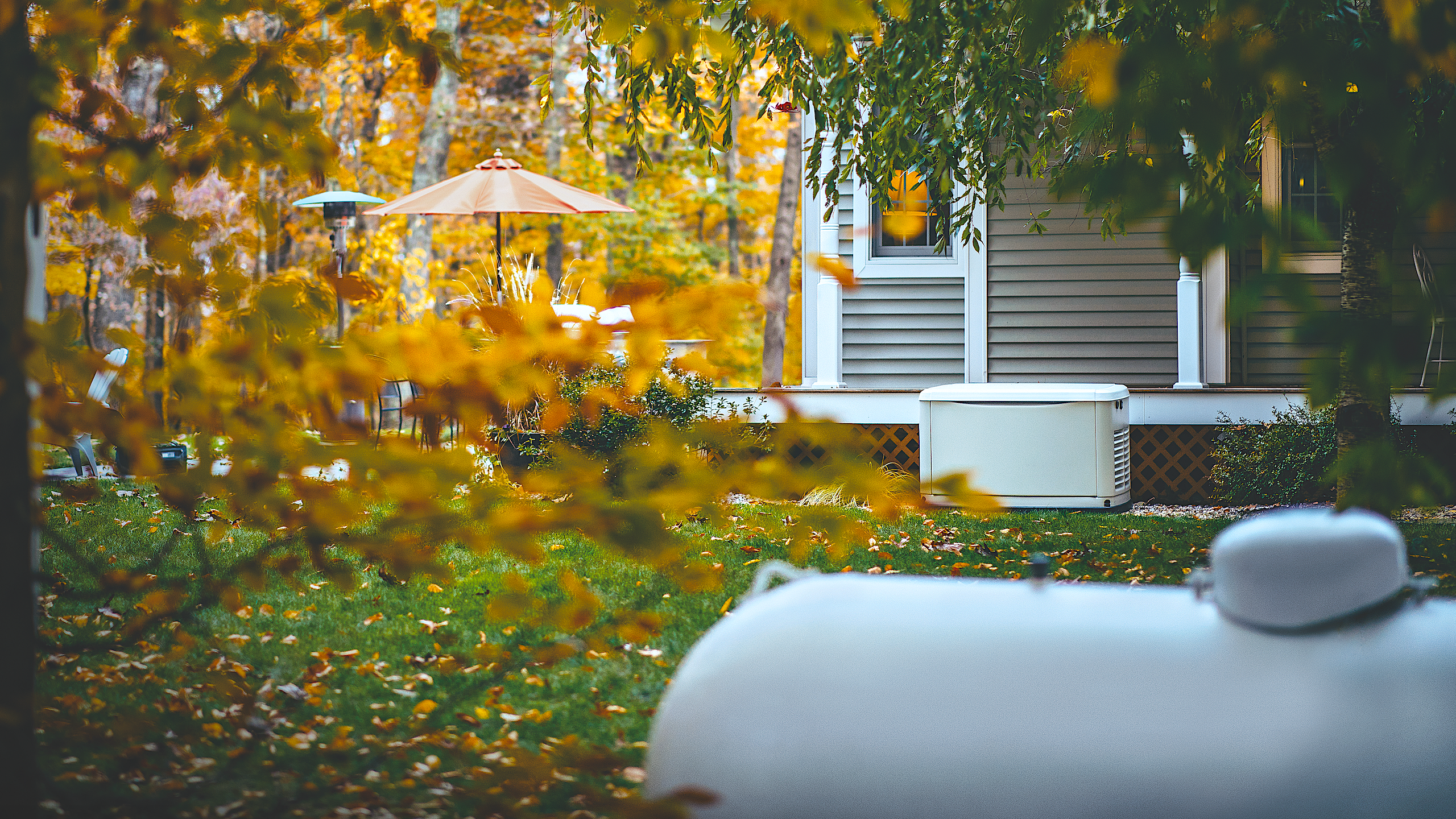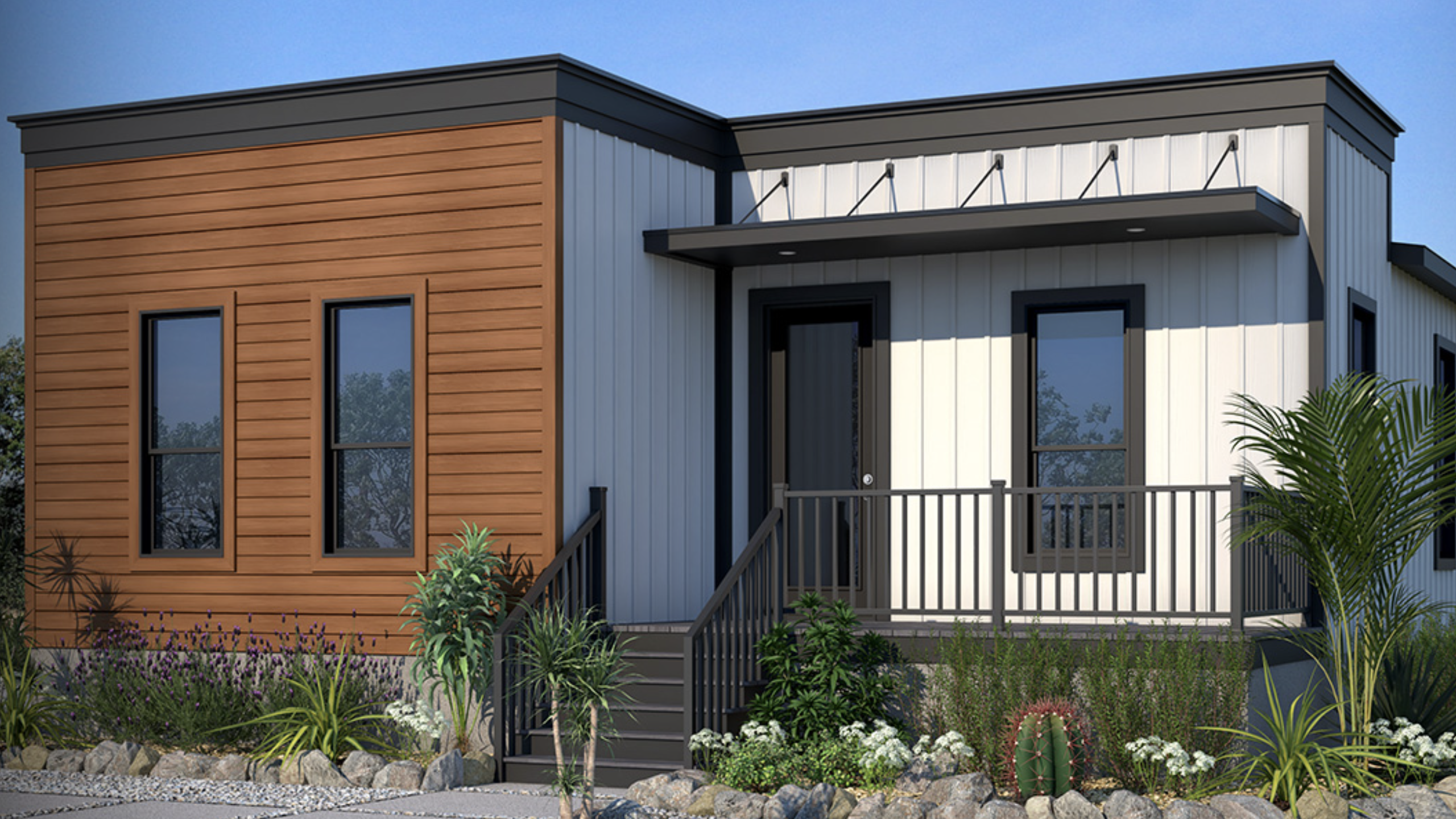|
Main Street communities offer a range of home types within walking distance of a retail center. Instead of a clubhouse, there would be a meetinghouse, like the one shown above, with open green space.
|
||||
|
|
Main Street Community
Nexers respond to the concept of a relatively small community built within walking distance of a Main Street. This concept holds wide appeal with both high- and middle-income nexers in Philadelphia's suburbs. Both groups believe it would provide welcome relief from the pressures of their presently driven and demanding lives. They love the idea that everything would be nearby and that they wouldn't have to get in a car, hassle with the traffic or crowds to go to a restaurant, have a beer with friends, see a movie or pick up a few items at a convenience store. The concept additionally promised:
- a diversity of populations - no age restrictions, which are a strong no-no for this generation.
- a wide range of home types, sizes and formats, ensuring genuine architectural diversity and not even a hint of the dreaded "cookie-cutter" image.
- not only the usual maintenance-free living (covering the grounds and exteriors of the homes) but also responsibility-free living with a variety of available services to take over chores and household demands.
- an on-site bed-and-breakfast or small inn.
- a separate sports center that offers facilities such as courts for basketball, racquet ball, hand ball and volleyball; a weight room; an indoor pool; and a running track.
- in lieu of the typical clubhouse, a meetinghouse and park-like outdoor areas where residents can get together with neighbors.
- floor plans that offer spaces that can be customized. For example, an extra room on the first floor might be used as a home office or as another room that fits the lifestyle of the home buyer.
To nexers, this represents something totally different from any of the housing options they see available now. They believe living in a Main Street community would bring about a complete change in lifestyle and, something lacking now, a truly motivating reason to move. This response verifies what I, as an architect and site designer, have believed for years - nexers aren't moving from their existing homes because nothing currently available excites them. This Main Street concept excites them.
Every once in a while, participants voice concern that a community so carefully put together, so controlled by one company could be uncomfortable to live in. One man said, "In a place like that, I feel I've got to put my golf shirt on just to go out and check my mail."
There was also a recurring comparison to "The Stepford Wives" film, where the entire community seems too good to be real. Although only a few voiced this concern, such comments should definitely be kept in mind when developing a community based on this or any other model.
While nexers like the community concept, it is not without risk. Many builders and developers balk at taking a chance that community homeowner patronage alone would support the Main Street retail, and it is likely that it would not. Even some of the participants themselves realize that.
This led us to turn our attention to a revised plan that appeals to both builders and buyers. In our next round of sessions, we will describe essentially the same concept, but with the Main Street retail component moved to the perimeter of the community so that it can serve both the community and the public.
|
The master-planned community eliminates one of the pluses of the Main Street concept: retail shopping within walking distance.
|
Master-Planned Villages
A master-planned community that includes a variety of "villages," each targeted at a particular buyer, proved less popular. The plan presented includes villages for first-time homeowners, active adults, estate custom home buyers, townhouse residents, condo seekers, as well as one targeted to nexers. All residents share recreational and social facilities.
These recreational and social facilities include many or all of the features that appeal to nexers, though it is unlikely they will be within walking distance of the nexer community. No retail exists within the master-planned campus, but it will be available within a reasonable distance.
Some Philadelphia-area nexers appeared more comfortable with living areas keyed to people at similar life stages, citing "You could find diversity in the overall community but live with people who share a common life stage within your village." For these particular people, the concept of separate villages offers a compromise between what their nexer conditioning told them they should feel (diversity is important) and their inner doubts about whether they really want to live next door to crying babies and out-of-control teenagers.
On the other hand, some people felt that a plan like this would eliminate one of the primary attractions of the Main Street concept because it isn't possible to walk to everything. Others worry that the nostalgic imagery that intrigued them so much in the Main Street concept would be lost.
|
Nexers didn't perceive any difference between a small enclave of homes built around a green or a lake and the other developments that are presently available for them to live.
|
A Small Enclave of Homes
A third option explored abandons community in the sense that we have been discussing that term. Rather, we proposed a small enclave of 25 or 30 homes built around a common green area or even a small lake. The homes would be built with the nexer buyer in mind and with sensitivity to the things that nexers think are important to have in their next home.
A homeowners association would maintain the grounds and the exteriors of the homes and also could provide access to additional services, which would make the residents responsibility free. A small, informal place for residents to gather exists, but no facilities or planned activities.
Virtually all the Philadelphia-area respondents felt this offered nothing different than any other development in the area. The other negative aspect was that the respondents felt they would miss having some planned activities or at least a place where they could meet with their neighbors and do things together. As indicated earlier, one of the primary appeals of a community targeted to nexers is that it will allow them to get back into a closer life with their neighbors. This community did not seem to foster that.
Bill Feinberg is CEO of Feinberg & Associates, PC., a multidisciplinary architecture, site design and interior merchandising firm. Feinberg's market-based style of design places a great emphasis on the demographics of the market for which the community is being planned. For further information, he can be reached at 856/782-0100.
Related Stories
Custom Builder
HUD Secretary Marcia Fudge Announces Forthcoming Resignation
U.S. Department of Housing and Urban Development Secretary Marcia Fudge has said that she intends to leave office later this month
Custom Builder
Floodproof on a Floodplain
An impressive addition to the IDEA Home series, the NEWLOOK Experience Home is a master class in engineering and creative design, with builder Michael Freiburger out-thinking an exceptionally tricky lot
Custom Builder
Why Start a Custom Building Business?
In this Taking Care of Business segment, expert coach and trainer Scott Beebe joins our host Duane Johns to talk about where custom builders could be getting off on the wrong foot
Custom Builder
3 Questions Answered About Reliable Energy in Home Construction
Energy expert Bryan Cordill makes a case for why and how propane is an answer to growing concerns about reliability and resilience in home construction
Business
Custom Builder to Talk Color Design with Becki Owens at IBS
At this year's IBS, renowned designer Becki Owens will sit down with host James McClister, editor of Custom Builder, to discuss a variety of topics from basic color play in design to the Allura Spectrum palette, a collection of Sherwin-Williams colors curated for the benefit of pros
Business
PERC Highlights Sustainability and Efficiency at IBS with 'Clean Build Conversations'
Hear from industry standouts Matt Blashaw and Anthony Carrino at this hour-long Show Village event
Business
The Five Foundational Cornerstones
Business coach Scott Beebe shares insights into the often ignored business basics that could be the difference between long-term success and failure
Custom Builder
Start With the Why: Fundamentals of the Custom Builder Business
In our inaugural episode of Taking Care of Business, host and custom builder Duane Johns sits down with Scott Beebe, head coach and founder of My Business on Purpose, to talk vision, purpose, mission, values, and more
Business
Why AI Is Now Key to Our Trade Partner Strategy
Thompson Custom Homes Business Manager Erin Day explains how AI became a crucial part of building and maintaining successful trade partner relationships
Business
Thriving in 2024: Tips for Succeeding in an Uncertain Environment
Author and sales expert Mark Richardson shares his insights on the industry and how to rethink your approach to success in the new year












